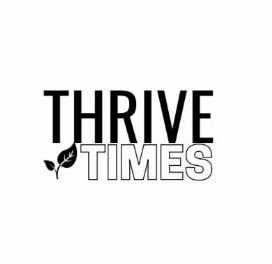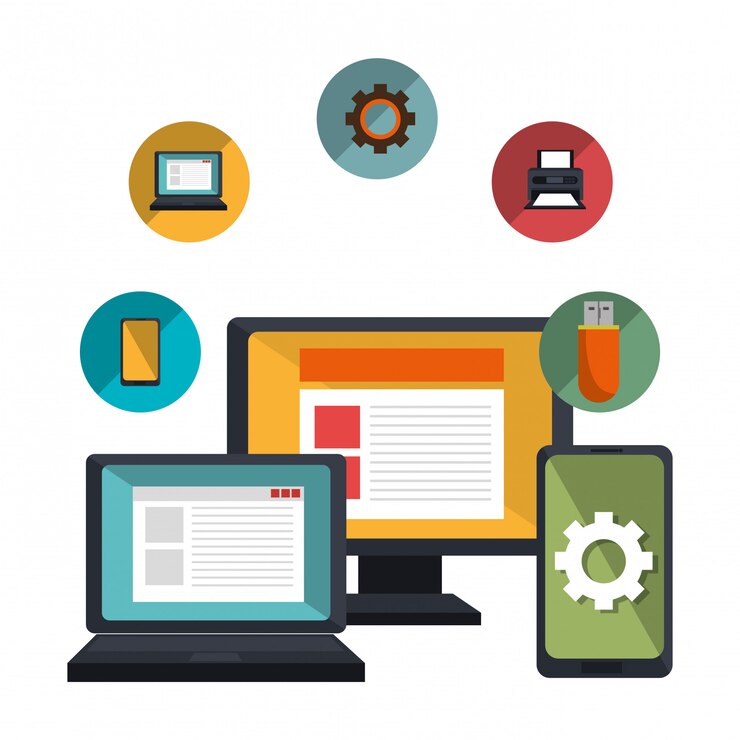Just like a cluttered desk, a messy digital environment can hinder productivity and increase stress. Our devices are filled with countless files, emails, apps and notifications.
Digital decluttering is the process of organizing and simplifying your digital life, making it easier to find what you need and focus on what matters.
Digital clutter can be overwhelming and distracting. It can slow down your devices, make it difficult to find important information, and even pose security risks.
By decluttering your digital space, you can:
– Increase Productivity: A clean and organized digital environment helps you focus and work more efficiently.
– Reduce Stress: Knowing where everything is and having a streamlined system reduces anxiety.
– Enhance Security: Removing unnecessary files and updating passwords can protect your personal information.
Step-by-Step Digital Decluttering Guide
Start by identifying the areas with the most clutter: This could be your desktop, downloads folder, email inbox, or even your smartphone. Make a list of these areas to tackle one by one.
Set specific goals for your decluttering process e.g. aim to reduce your email inbox to 50 messages or organize your desktop into clearly labeled folders. Allocate dedicated time blocks for each task to avoid feeling overwhelmed.
Delete and Organize Digital Files: Remove unnecessary shortcuts and files. Create folders for different categories and move relevant files into them. Delete old downloads and organize the remaining files into appropriate folders. Sort through your documents, delete duplicates, and organize them by category or project. Go through your media files, delete blurry or duplicate photos, and organize the rest into albums.
Review your email subscriptions and unsubscribe from newsletters and services you no longer use. This will help reduce the influx of emails and keep your inbox manageable.
Streamline Digital Devices: Delete unused apps from your phone and computer. Organize the remaining apps into folders based on their function. Turn off non-essential notifications to minimize distractions. Remove extensions you no longer use or need.
Archive or delete old emails. Use filters and labels to organize incoming emails. Create folders or labels for different categories and move relevant emails into them. Regularly empty your spam folder to keep it from overflowing.
Delete old or unnecessary files from your cloud storage services. Organize the remaining files into folders to make them easier to find.
Change passwords for important accounts and enable two-factor authentication where possible. This will enhance your digital security and protect your personal information.
Set a regular schedule for digital decluttering, such as once a month. Create good habits, like organizing files as you go, to prevent future clutter.
Digital decluttering is an ongoing process that requires regular attention. By following this guide, you can create a more organized and efficient digital workspace, leading to increased productivity and reduced stress. Start small, stay consistent, and enjoy the benefits of a clutter-free digital life.


